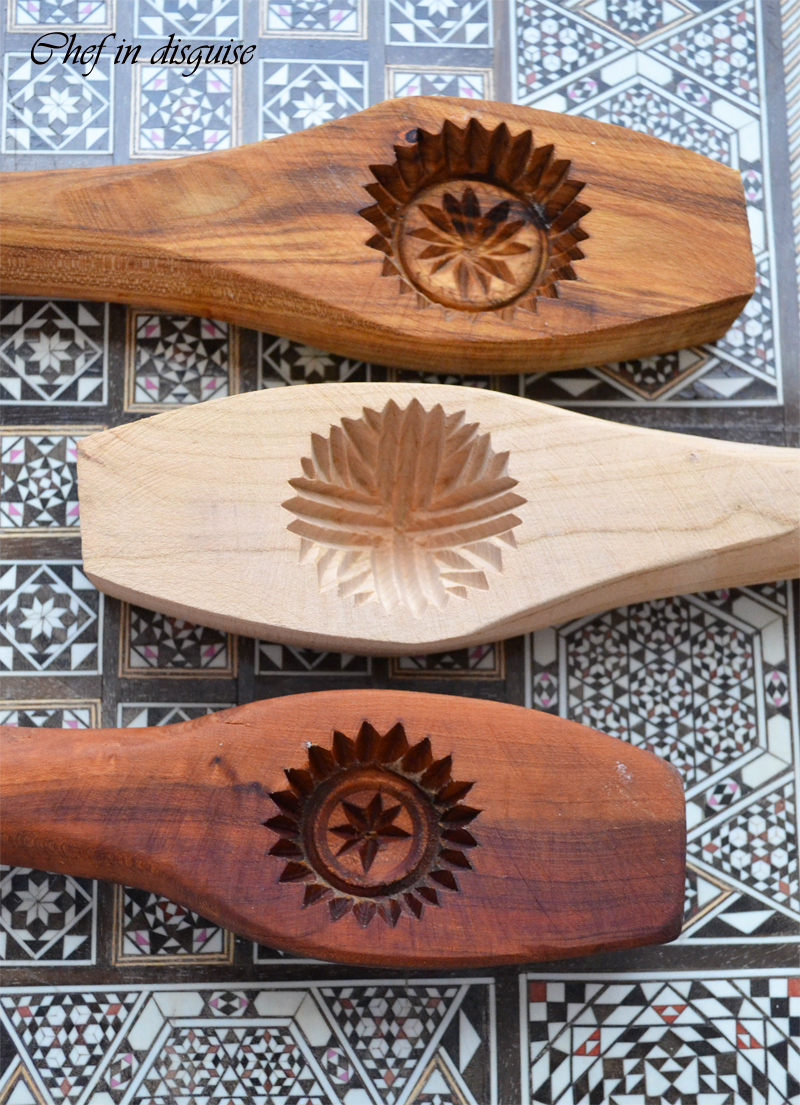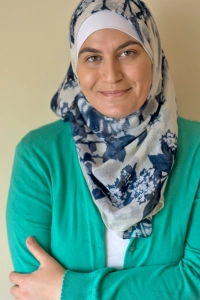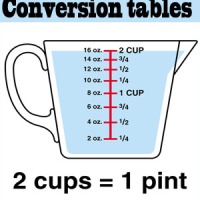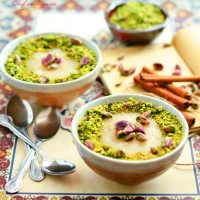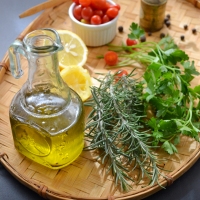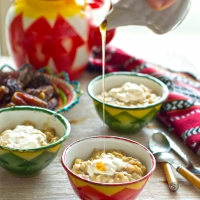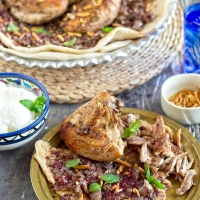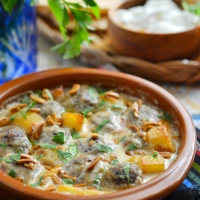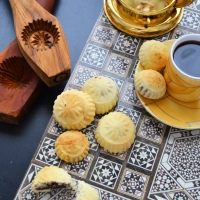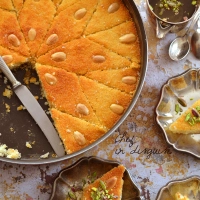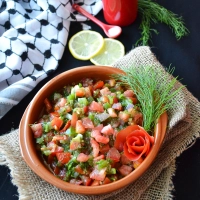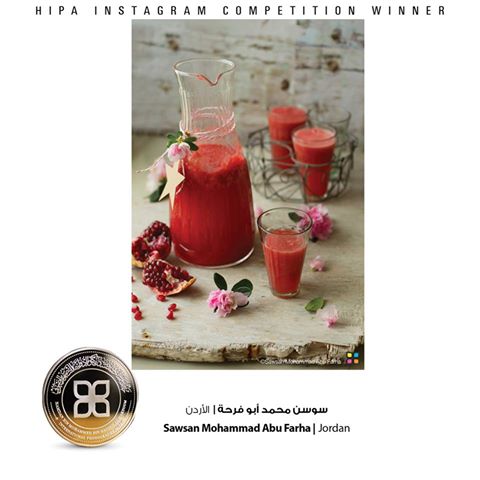The last week of Ramadan marks the official maamoul making season in many house holds but before you reach for your favorite maamoul recipe or go online to google one, allow me to ask you a question. Have you ever stopped to think about the meaning and the origins of those decorated cookies? what do those decorations mean? And where did they come from? how about taking a walk down history lane with me to find out?
Eid cookies were actually a tradition started during the rule of the Fatimid. The tradition started with Al fitra which was a gift made from sweet pastries that were handed out on the day of eid al fitr (the first day of shawwal when the month of ramadan and the fasting ends). Al fitra was handed out to courtiers,officials, guardsmen and servants in the great hall of the palace. With time the number of people who received al fitra increased to the point where the palace kitchens could no longer keep up with all the baking required,so the caliph Al Aziz establshed A place dedicated to the production of sweet pastries to be handed out to the public. On the first day of Eid, people would march in celebration until they reached Bab El-Nasr. Then following Eid morning prayers, the state would distribute the cookies. The cookies were decorated with phrases like (kol o oshkor) which means eat and be thankful and (bel shokr tadoom al neam) which means gratitude preserves blessings.

To give you a glimpse of the amounts being distributed, historians say that dar al fitr started preparing the cookies one and a half months in advance and the budget dedicated to dar al fitr was 10,000 gold dinars! The habit of handing out sweet pastries by the caliphs went on till the end of the Ottoman empire almost 1000 years later. During that time, the habit of making cookies on the first day of Eid went from being a royal custom to a tradition in almost every house hold.
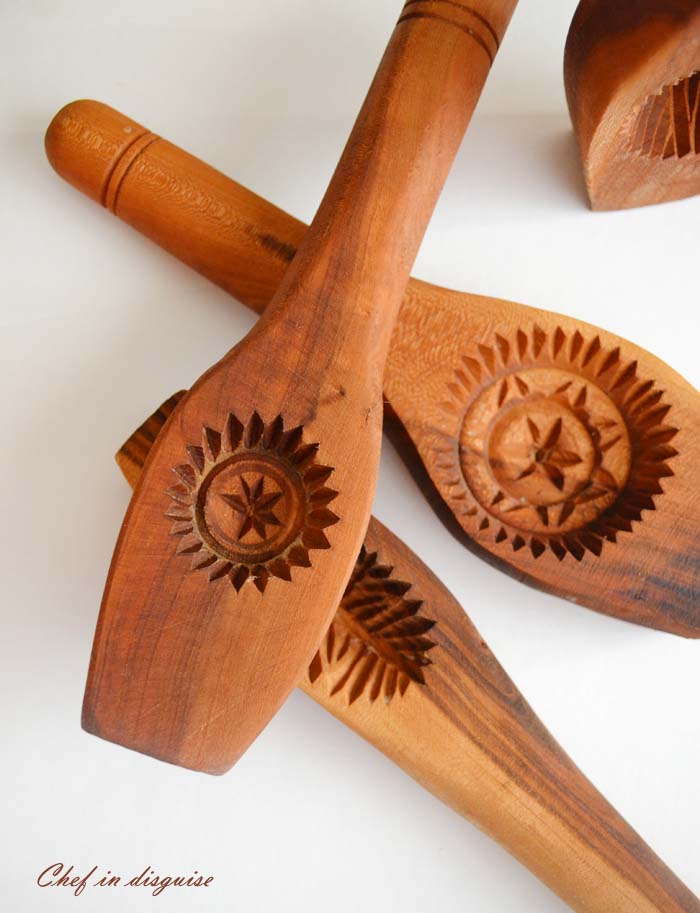
Now that you know when it all started, you may ask: but the maamoul that we have today does not have words on it, it actually has decorative patterns. Well those patterns actually go further back in history. Much further!
Cookies are the festive form of bread. Bread and baking have been used by humanity as a medium for expressing beliefs, myths and even taboos since 3000 BC. The history of bread, as we know it, began with ancient Egypt more that four thousand years ago where wheat was considered a symbol of life and fertility. Over thirty different kinds of bread were made by professional bakers. Many were baked in the shapes of animals, flowers,suns etc., for symbolic offerings to the gods and the cult of the dead. We know this because of the drawings on the walls of the pyramids depicting the process of making bread and cookies, even portraying many of the special forms and designs used to decorate them.

The carving of intricate decorative cookie molds first appeared in Egypt, persia and mesopotamia. Decorative molds have been used to imprint clay and coins long before being used to imprint bread and dough. The carvings illustrate a great variety of subject matter, as historical events, religious symbols, romantic motifs, portraits, and even proverbs.
If you look closely at your maamoul molds you’ll notice that many decorations depict sunburst, (like the ones you see in the mold in the picture above). These were probably handed down from ancient cultures who worshiped the sun. Other patterns are similar to the effect raindrops leave when they hit the soil or water. Historians say that those originated because the Levant is mostly an agricultural community, farmers made bread and cookies with patterns that celebrate the rain, rain in a farmer’s book means a good season. Other patterns look like flower petals, leaves and bird nests, those are traced back to the ancient spring celebrations when people celebrated spring as a symbol of rebirth and new beginnings.
I do hope that you enjoyed this walk down history lane with me , how about sharing it with your friends and loved ones this eid as you make and share those delicious decorated maamoul cookies
I received quite a few reuests for eid recipe suggestions, I’ve decided to gather them all in one post for you. You can find them below starting ofcourse with maamoul 🙂
Just click on the recipe name and it will take you to the recipe
Semolina maamoul

Sweet sesame and anise seeds crackers
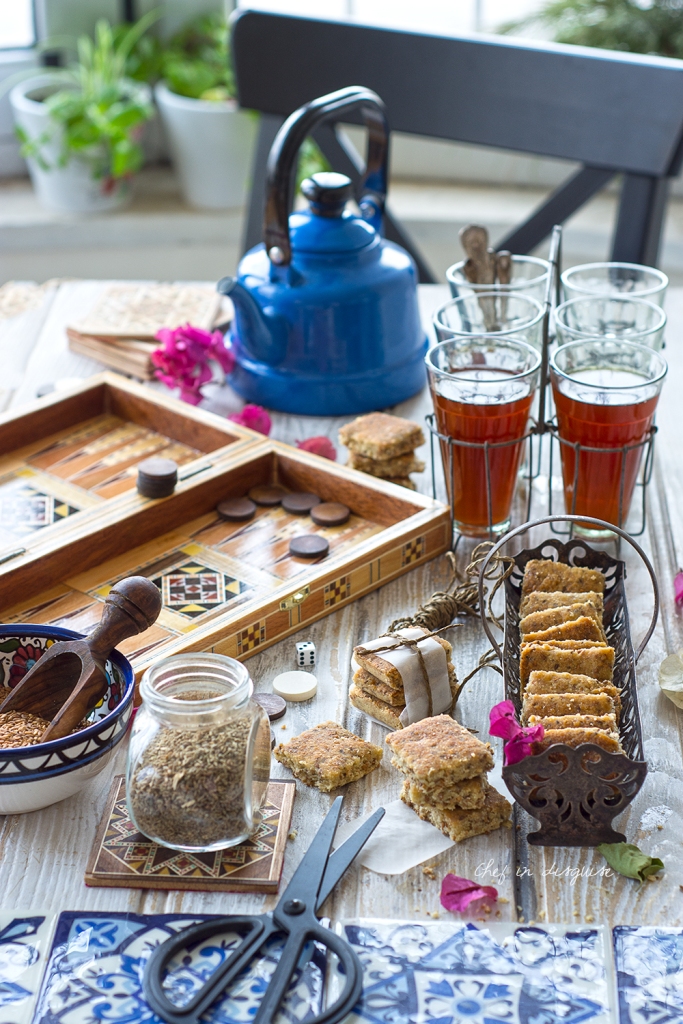
Baid al qata (walnut stuffed shortcrust cookies)

Makrouta (Palestinain pinwheel date cookies)
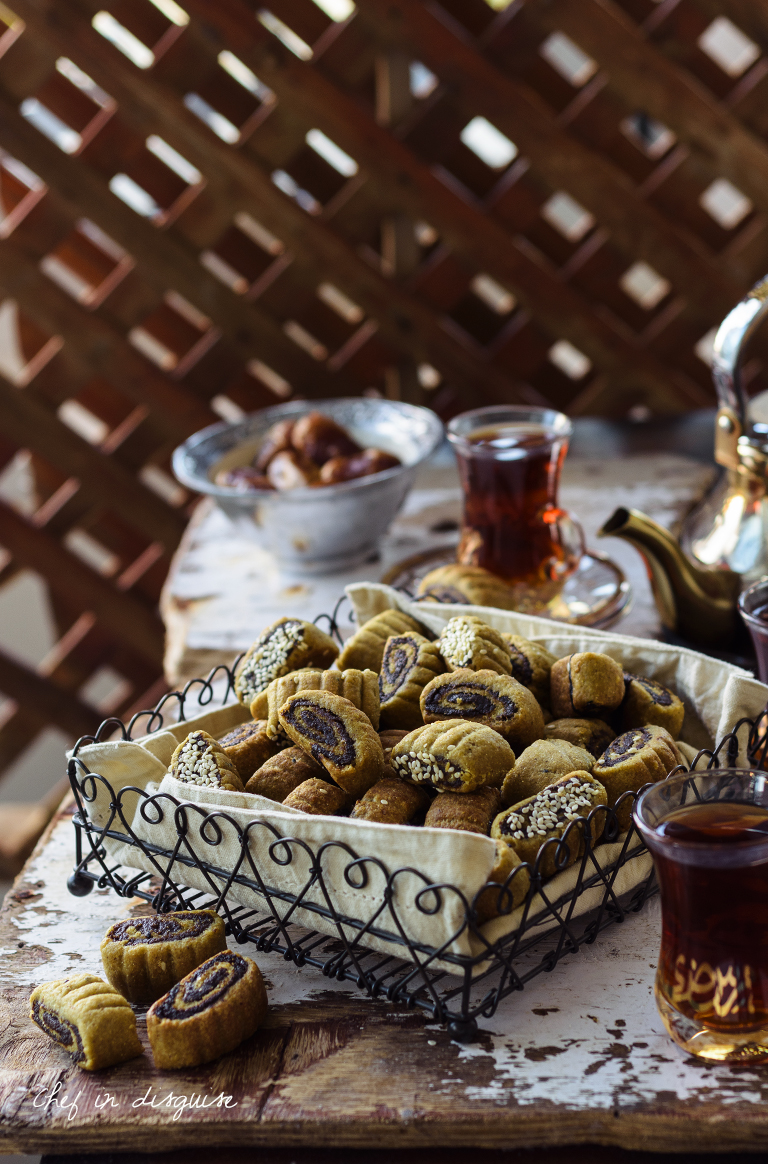
Palestinian date ring cookies “kaak bi ajwa
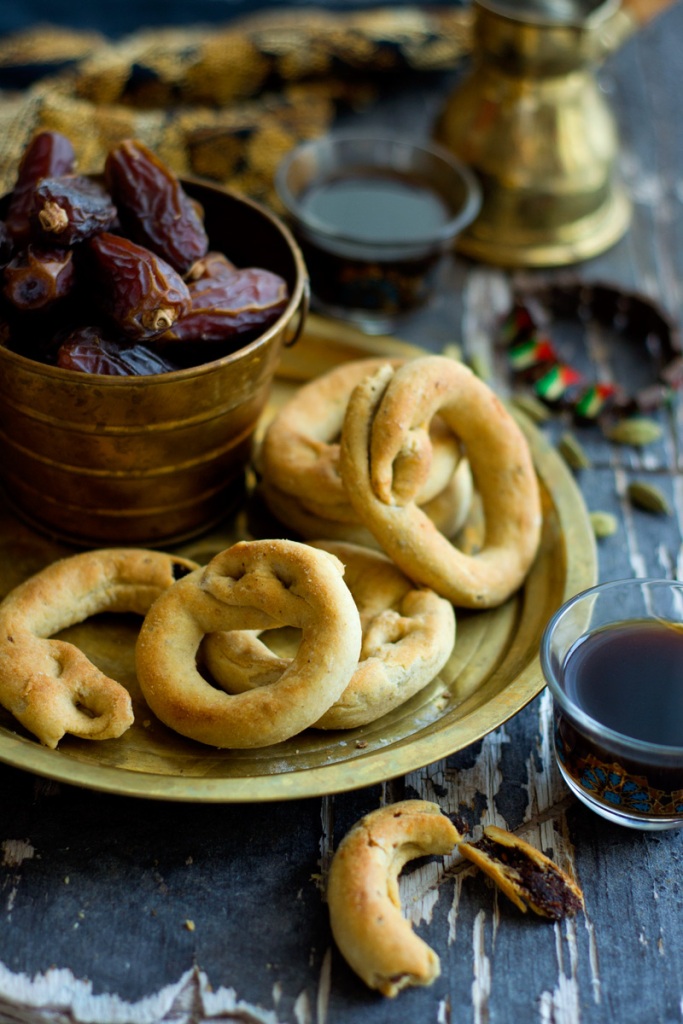
Maamoul (Stuffed shortbread cookies)
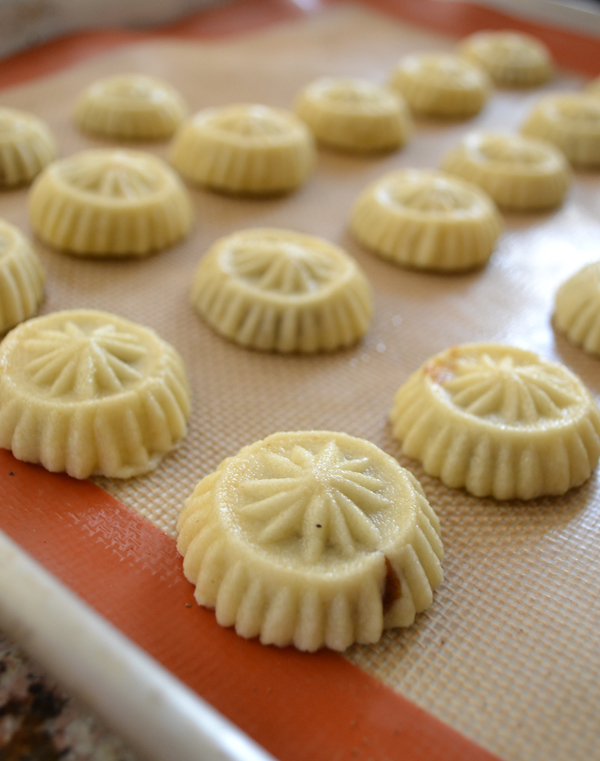
Maamoul (date stuffed cookies)

Date and orange jam bars (Mabroosheh)

Molasses spice cookies

Coconut macaroon معكرون جوز الهند

Nastar cookies (Indonesian pineapple tarts)
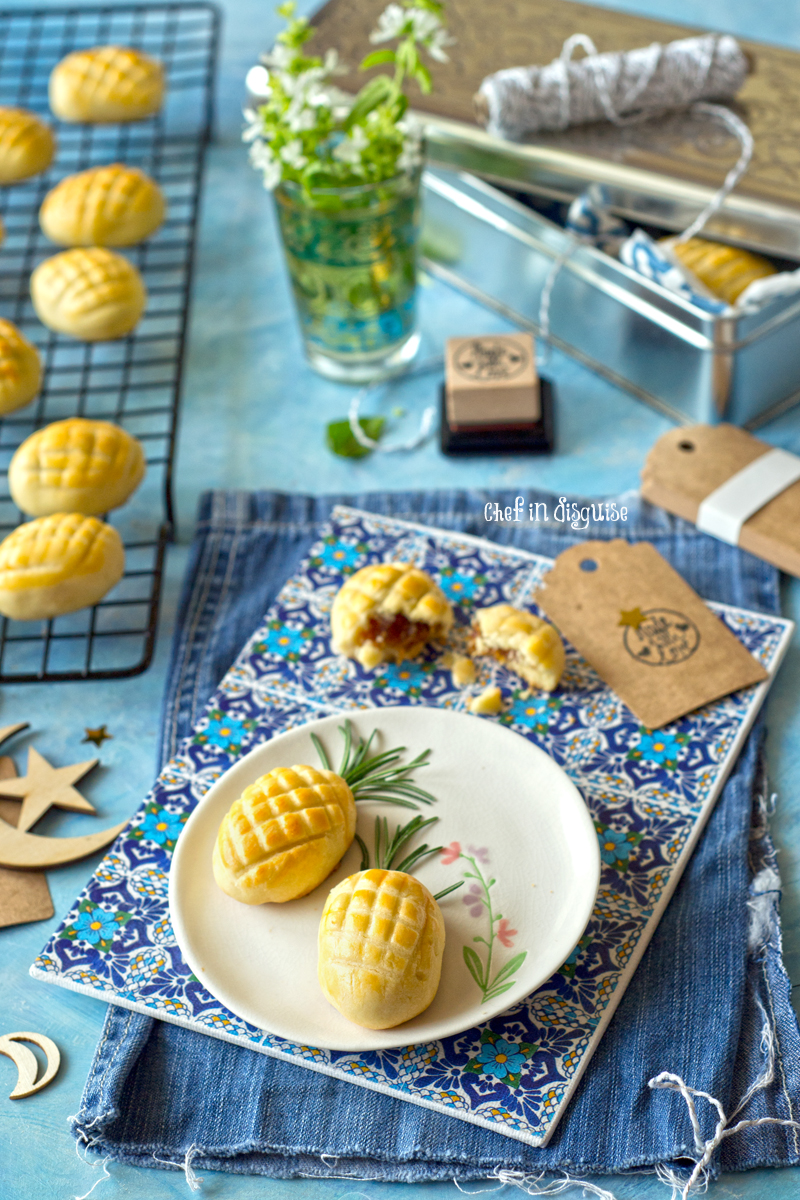
Caramel chocolate thumb cookies

Chocolate crinkle cookies

Honey sesame biscotti
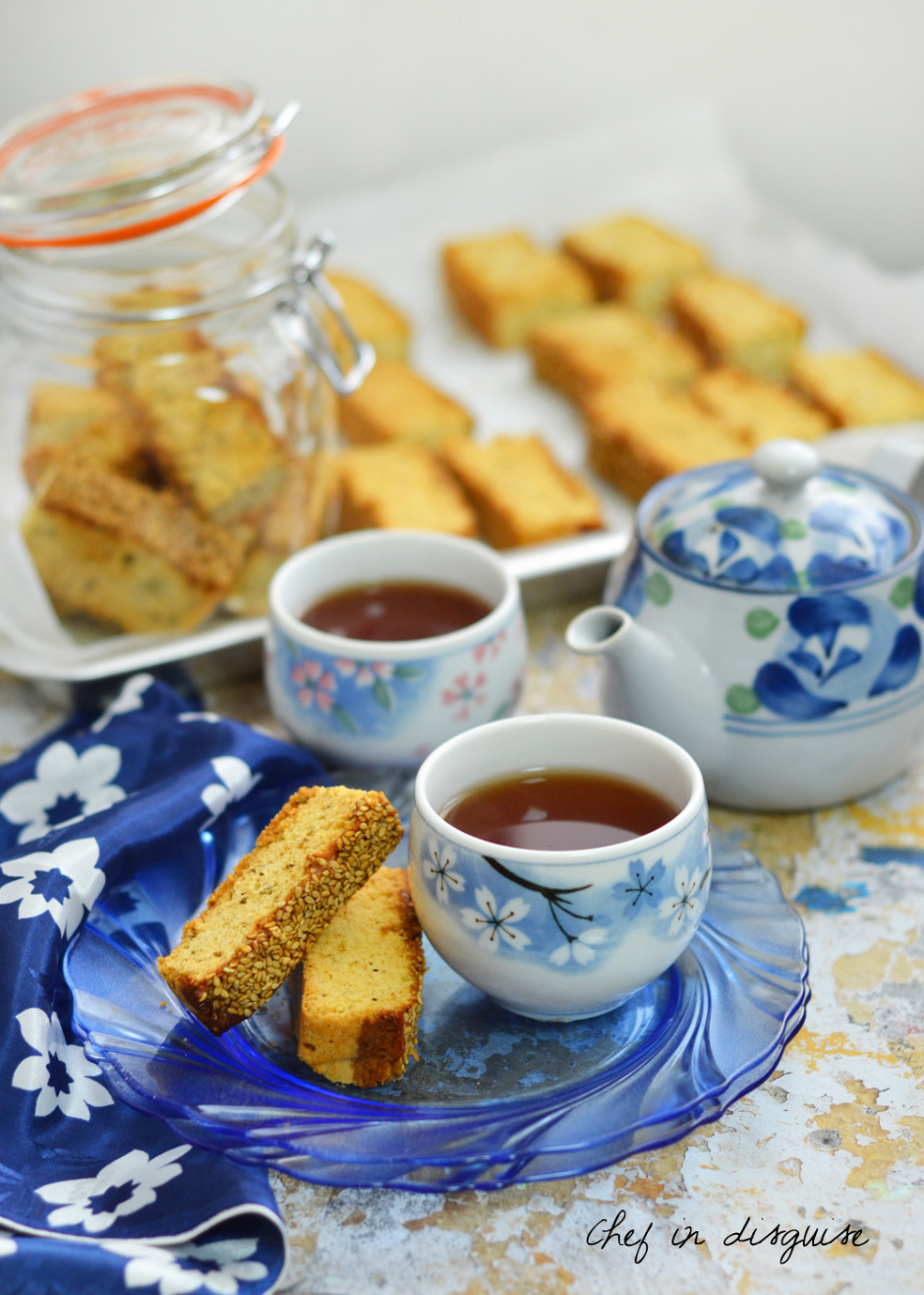
Persian cookies

Teabag cookies

Sheep cookies


